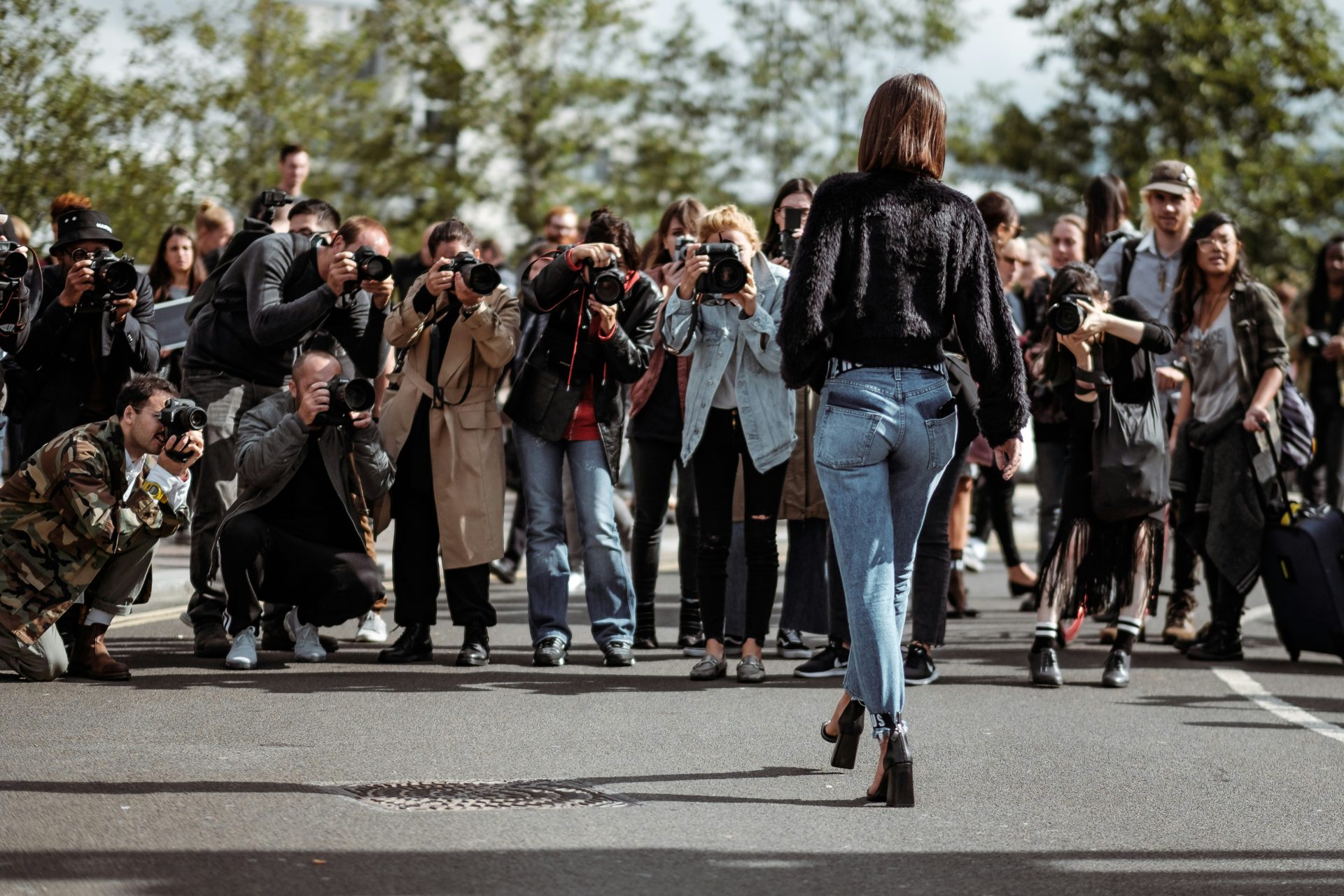If you are even the most casual social media user, you may have noticed posts or articles adorning the pages of social media about the sensational television series, “Baby Reindeer”, especially after the show received 11 nods at the 2024 Emmy nominations last month.
Spoiler alert – the series, which was released on Netflix in April earlier this year, opens with the bold statement “This is a true story” (based on comedian Richard Gadd’s personal experiences) and revolves around the story of an aspiring comedian (played by Richard Gadd himself) who gets stalked and harassed by a woman named Martha. It portrays Martha as a convicted, twice-jailed stalker who physically assaults the character played by Gadd, camps outside his house and sends him about 41,000 emails and hundreds of voicemail messages.
The series reportedly gained over 56 million views within a short time of release, and was a hot topic of conversation given its scandalous storyline. However, things really started to heat up when a Scottish woman named Fiona Harvey gave an interview with Piers Morgan a few weeks after the series premiered, claiming she was the real-life Martha. According to Ms Harvey, soon after the Netflix series with aired, she was identified, and relentlessly harassed, by outraged viewers, some of whom went so far as to threaten her life.
In actual fact, Ms Harvey contends, although she did meet Gadd a few times she was never convicted of stalking him and never sent him more than a few emails and messages. In short, she claims she was grossly defamed by the show. As a consequence, she has launched a $170 million lawsuit against Netflix claiming, among other things, violations of her right of publicity.
In America, the right of publicity grants a person the right to use and control their identity, including their name, image, likeness and other recognisable aspects. The right allows individuals to protect their economic interests and prevent others from exploiting their persona without their consent. For example, one can rely on this right to prevent the use by others of their image and likeness in advertisements without their consent.
It’s a right that’s generally available to anyone, but not surprisingly it’s most often trotted out by movie stars, entertainers and other glamourous Hollywood celebrities, keen to prevent or be compensated for any unauthorised use of their likeness for commercial gain. American courts take into account a number of factors in awarding damages for any such violation of a person’s right of publicity, including the fair market value of the aggrieved’s identity, the profits gained by the infringer, and the pecuniary value of the aggrieved’s loss of licencing opportunity.
In most American states, the right even survives the death of the identity involved. It passes to a deceased individual’s estate upon their demise, allowing their heirs and beneficiaries to exploit the deceased’s personality, name, and voice by virtue of what is recognised as a postmortem right of publicity. A deceased celebrity whose estate continues to generate revenue after the celebrity’s demise is commonly referred to as a “Deleb,” perhaps the most famous examples of which include pop culture icons Elvis Presley and Marilyn Monroe.
At present, there is no statute law in Australia that provides a right of publicity. However, that doesn’t mean one can invariably use the likeness or image of another without permission or compensation. There are potential avenues to sue for such conduct. For example, an individual may rely upon the Common Law tort of passing off, misleading or deceptive conduct, or copyright infringement to bring such a claim. There are many instances where Australian courts have upheld such claims in the past.
For instance, in 1997, the celebrated Olympic swimmer Kieran Perkins successfully sued Telstra for the unauthorised use of his image in an advertisement, and was awarded $15,000 in damages, representing the diminution of his opportunity to commercially exploit his name, image and reputation. Likewise, in 2014, the iconic television, radio and print media personality, Ita Buttrose, successfully sued a magazine for the unlawful use of her biography and photograph, and was awarded $225,000 in damages. In running the offending story, the magazine in question was found to have engaged in misleading and deceptive conduct, passing off and breach of copyright by using Ms Buttrose’s photograph on its website without her permission.
It will be very interesting to see how Ms Harvey’s “Baby Reindeer” lawsuit unfolds in the coming months. Watch this space.













